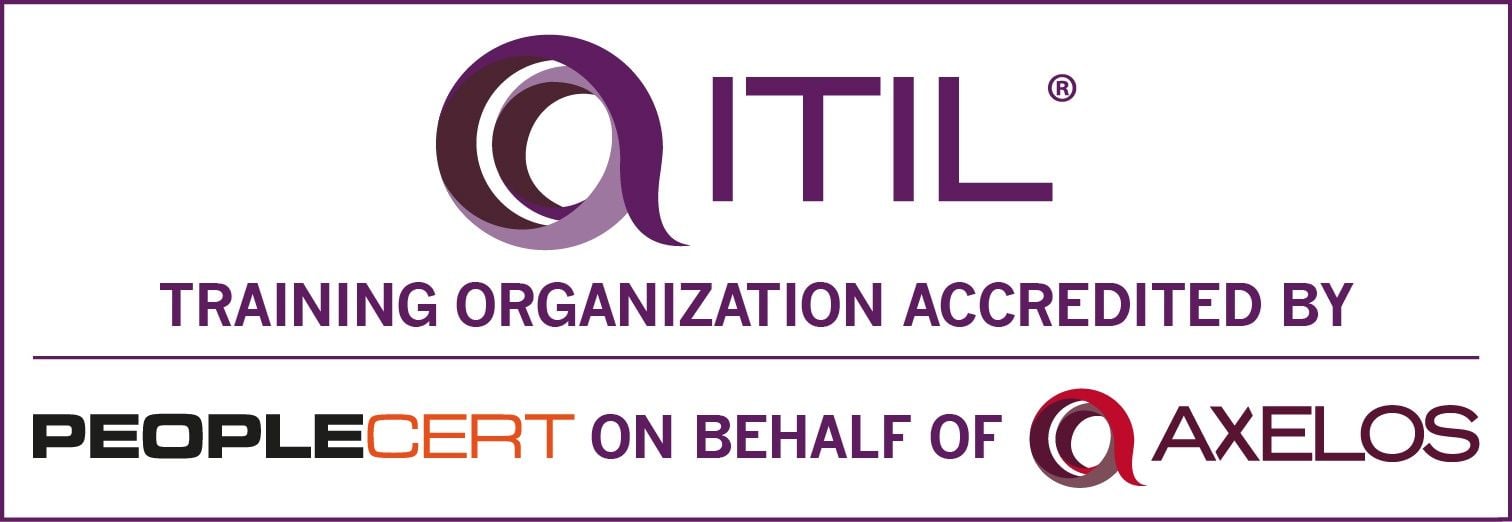Use Tech to Improve the Authentication Process
Authentication is necessary, but it shouldn’t come at the cost of the customer experience, and too often customers rebel at being questioned. Automated authentication tools may be the rare instance when tech can help avoid a pitfall in interactions with customers.
This article was adapted from ICMI, a partner publication.
“These aren’t the droids you’re looking for.” – Obi-Wan Kenobi
When I first contemplated writing about the importance of identity verification, this iconic scene from Star Wars: A New Hope came to mind. Just like Obi-Wan Kenobi fooled storm troopers with his Jedi mind trick, fraudsters often call into contact centers and try to impersonate unknowing customers to gain access to their account information.
A few months ago I called a company to order a new card. The representative on the phone was delightful; they spoke professionally, used courteous language and fulfilled my card request. There was only one problem: the authentication process was tedious and invasive. The representative asked me a series of questions, making me recall sensitive, personal information and old transactions I’d already dismissed from my memory.
Don't get me wrong, although the authentication process felt clunky, I was very grateful to have the representative confirm that I am who I said I am, and that someone who is not me didn’t gain access to my information. I would have been flustered and possibly angry if, when I called that day, my request was completed without any type of verification of my identity.
Authentication has to happen every time, but callers often communicate to contact center representatives that they feel interrogated by the method of authentication because the questions can feel sensitive in nature. The way we go about this process can make or break the user experience. We are no longer just authenticating a voice on the other end of the phone line; we are truly entering the stage of validating people as a whole.
What are the consequences of outdated authentication practices?
The conversation that occurs if a caller fails over the phone authentication can be a challenge. They are likely to become disgruntled that they cannot complete the business they called in for, and team members can become frustrated that they must turn someone away before completing the request. Having to talk to a caller about their failed authentication is one of the most stressful conversations a representative experiences.
There are benefits for both the employee and client for utilizing digital identity technology in place of question and answer authentication interviews. With the introduction of enhanced authentication technology, contact centers have the opportunity to put the caller in control of their personal information. The power shifts in the caller's favor and they are in control of the identity verification part of their interaction.
How tech can help
To stay relevant to our customers and our industry, we must not become static. It’s essential that we don’t get stuck in the old practices; just because something has always "worked" doesn't mean that it's still the best way to do the thing. By choosing to research and invest in fintechs, IT leaders can begin to push the boundaries of technology. By enhancing these interactions, we are further establishing lasting positive, digitally robust experiences that will encourage callers to continue taking advantage of the amazing services we offer them.

)
)
)
)
)
)
)
)
)
